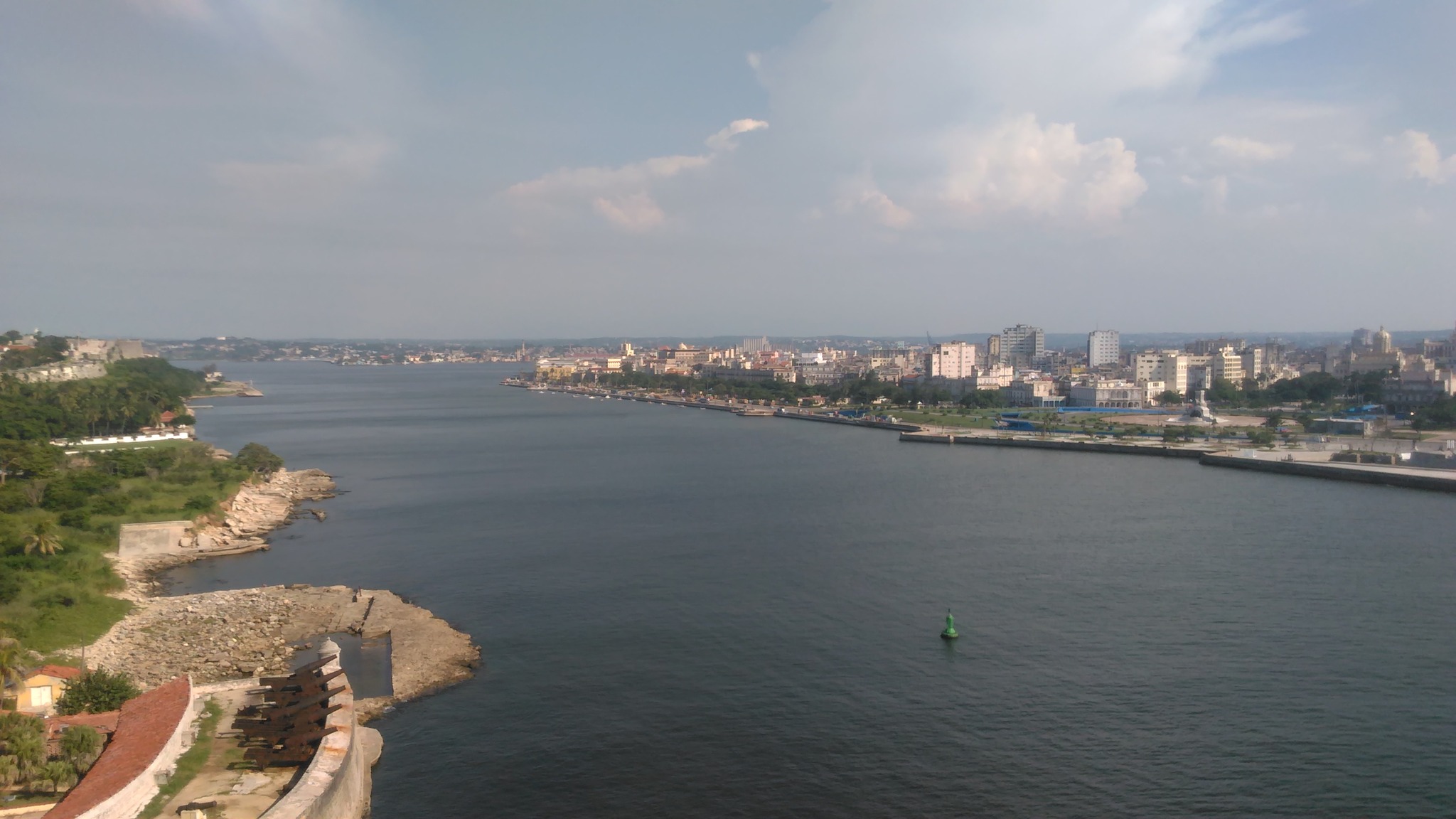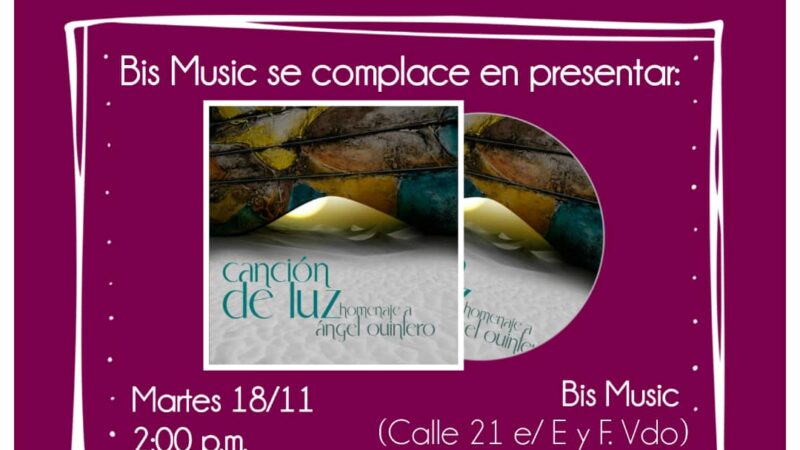La Villa de San Cristóbal de La Habana: The City That Was Born Twice

Beneath the shade of a sprawling ceiba tree, on the banks of a tranquil bay, a group of Spaniards held a mass and a town council meeting on November 16, 1519. This seemingly simple act marked the official founding of the Villa de San Cristóbal de La Habana. Yet, the city’s full story is far more intricate and enigmatic. Havana, in fact, was born at least twice—first along Cuba’s southern coast and then at its present northern location—transforming from a modest settlement into “the Key to the New World,” a prestigious title granted by the Spanish Crown in 1634 in recognition of its strategic significance.
More than five centuries later, the Cuban capital still possesses an aura of mystery and attraction, having weathered hurricanes, crises, and the relentless passage of time. As Dr. Eusebio Leal Spengler, Havana’s esteemed historian, once stated, the city is built not only on historical foundations but also on the powerful force of tradition and myth.
While official records cite 1519 as Havana’s founding year, historians now know the city’s roots are older and more mysterious. Cuban historian and journalist Ciro Bianchi Ross explains, “It’s not accurate to say it was founded 500 years ago; it is much older.” The seventh and last village established by Diego Velázquez in Cuba originally appeared on the southern coast, at the mouth of the Mayabeque River near today’s Surgidero de Batabanó.

This first location, founded around July 25, 1515—the feast day of Saint Christopher, from whom the village took its name—proved unsustainable due to inhospitable conditions. “Due to plagues of insects and the unhealthy nature of the site, especially for newborns, the village was soon relocated,” notes researcher Ignacio Suárez of Cuba’s Institute of History. For Spanish settlers, the search for fresh water, wood, natural resources, and suitable harbors likely prompted the move northward.
A second attempt near the Casiguaguas River (known today as the Almendares) preceded a third and final settlement on the bay that Sebastián de Ocampo had named Bahía de Carenas. This new location sealed Havana’s destiny. Dick Cluster, coauthor of The History of Havana, points out that the conquest of Mexico in 1519 made this port a strategic crossroads for shipping between Spain and its new colonies. The village grew with the traffic of merchant fleets, becoming the hub of transatlantic trade.
The city’s full name fuses Spanish religious tradition with indigenous cultural roots. «San Cristóbal» follows the custom of naming new settlements after the saint’s feast day. The name «La Habana» has a debated but widely accepted origin; many believe it derives from Habaguanex, the Taíno chieftain who ruled the area of the city’s final location. As Bianchi notes, “Only after it settled on the northern coast in Habaguanex’s territory did it begin to be called, perhaps to differentiate it from the earlier southern town, San Cristóbal de La Habana.”
Havana’s importance in Cuban history quickly solidified after it found its permanent home by the bay. Within a century, the island’s governor moved his residence there, and Havana displaced Santiago as the capital. This transformation was no accident: its extraordinary harbor, capable of sheltering up to one thousand ships at the height of the Spanish empire, determined its destiny.
In 1561, the Spanish Crown decreed Havana as the assembly point for its American fleets before they crossed the Atlantic together (the Flota de Indias). This decision turned the town into a first-rate commercial hub and exposed it to pirate attacks, prompting the construction of an imposing system of defenses—including La Real Fuerza, El Morro, and La Punta—that made Havana one of the best-fortified cities in the New World.

The coat of arms granted in 1665 features three towers symbolizing these fortresses. By then, Havana was already celebrated as “the Key to the New World and the Gateway to the West Indies,” a title enshrined by royal decree in 1634 that attested to its critical importance to the Spanish empire.
A pivotal moment in Havana’s history came in 1762, when the British seized the city during the Seven Years’ War. While Spain reclaimed Havana a year later, the incident exposed both the city’s vulnerability and its immense strategic value—leaving a lasting mark on Havana’s story and that of the island.
Today, Havana is much more than Cuba’s political capital—it is the island’s historical, economic, and cultural heart. Home to about 2.1 million residents—roughly 20 percent of the Cuban population—the city faces familiar contemporary challenges, from an aging population and housing shortages to widespread infrastructure deterioration. Yet, Havana has managed to preserve, like few cities in the Americas, the architectural heritage of its colonial past.
The Historic Center of Old Havana, declared a UNESCO World Heritage Site in 1982, is among Latin America’s best-preserved architectural ensembles, boasting 88 monuments of exceptional historic and architectural value, 860 with significant environmental worth, and 1,760 harmonious structures.
Havana’s essence goes far beyond statistics. It remains a living cultural mosaic where bolero, son cubano, and salsa mingle; where Catholicism fuses with Afro-Cuban practices like santería; and where international ballet and contemporary art festivals flourish alongside local traditions.
Celebrating more than five centuries, Havana stands as a city with multiple origins: the physical founding beneath the legendary ceiba, the historical foundation enshrined in documents, and the symbolic rebirth constantly renewed by its historians, architects, and people.
Eusebio Leal’s decision to commemorate 500 years in 2019, prioritizing one founding date over others, is a poignant reminder that cities are made not just of stone and lime, but of stories, memories, and collective dreams.
With a history marked by both light and shadow, Havana still embodies the “Key to the New World” envisioned by the Spaniards, not as a gateway for imperial conquest, but as a portal to the riches of an identity shaped between the ceiba tree and its endless promenade, between old fortresses and today’s vibrant paladares.
Translated by Luis E. Amador Dominguez
Photos: Colegio Universitario San Gerónimo de La Habana in Facebook



